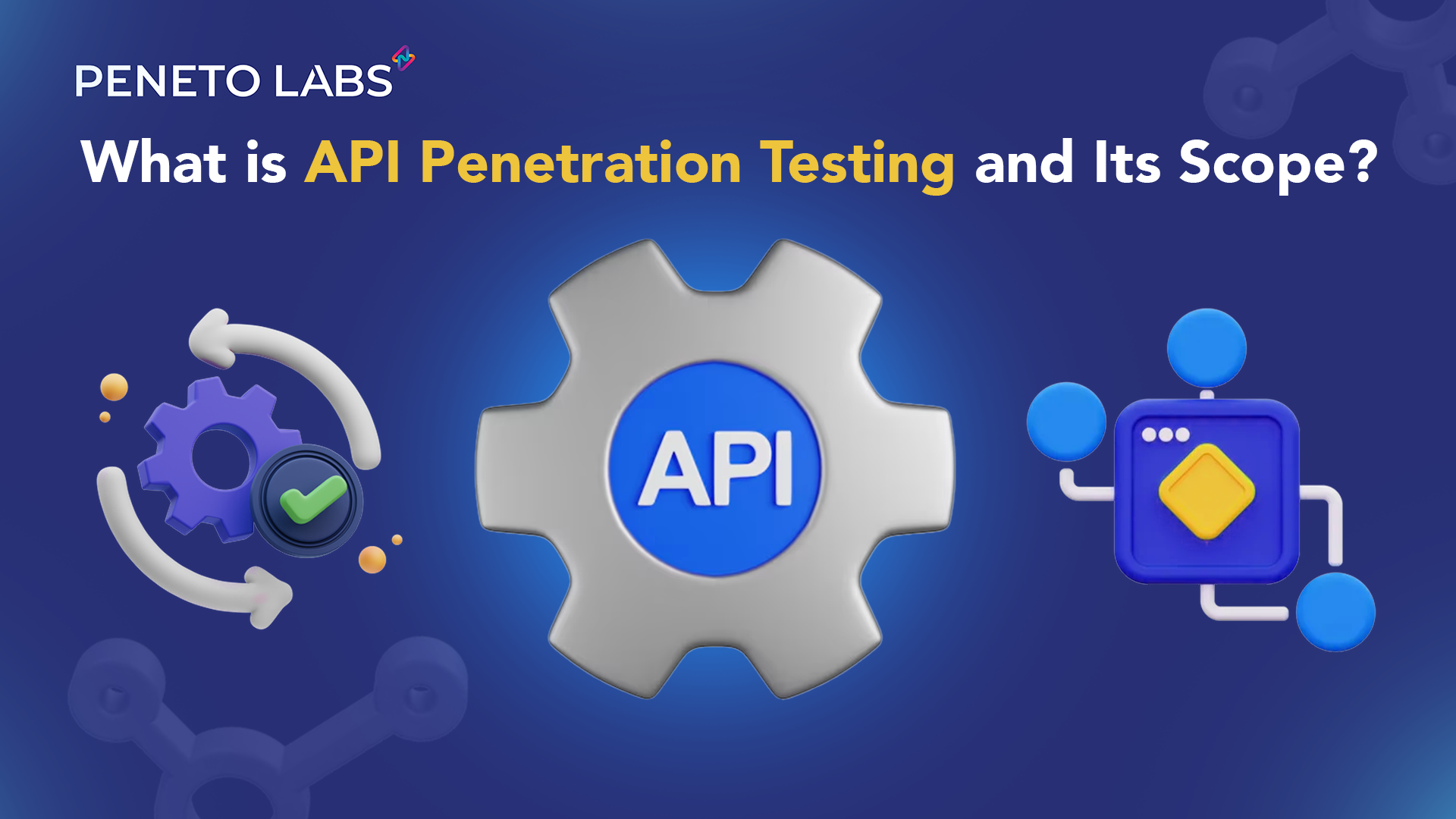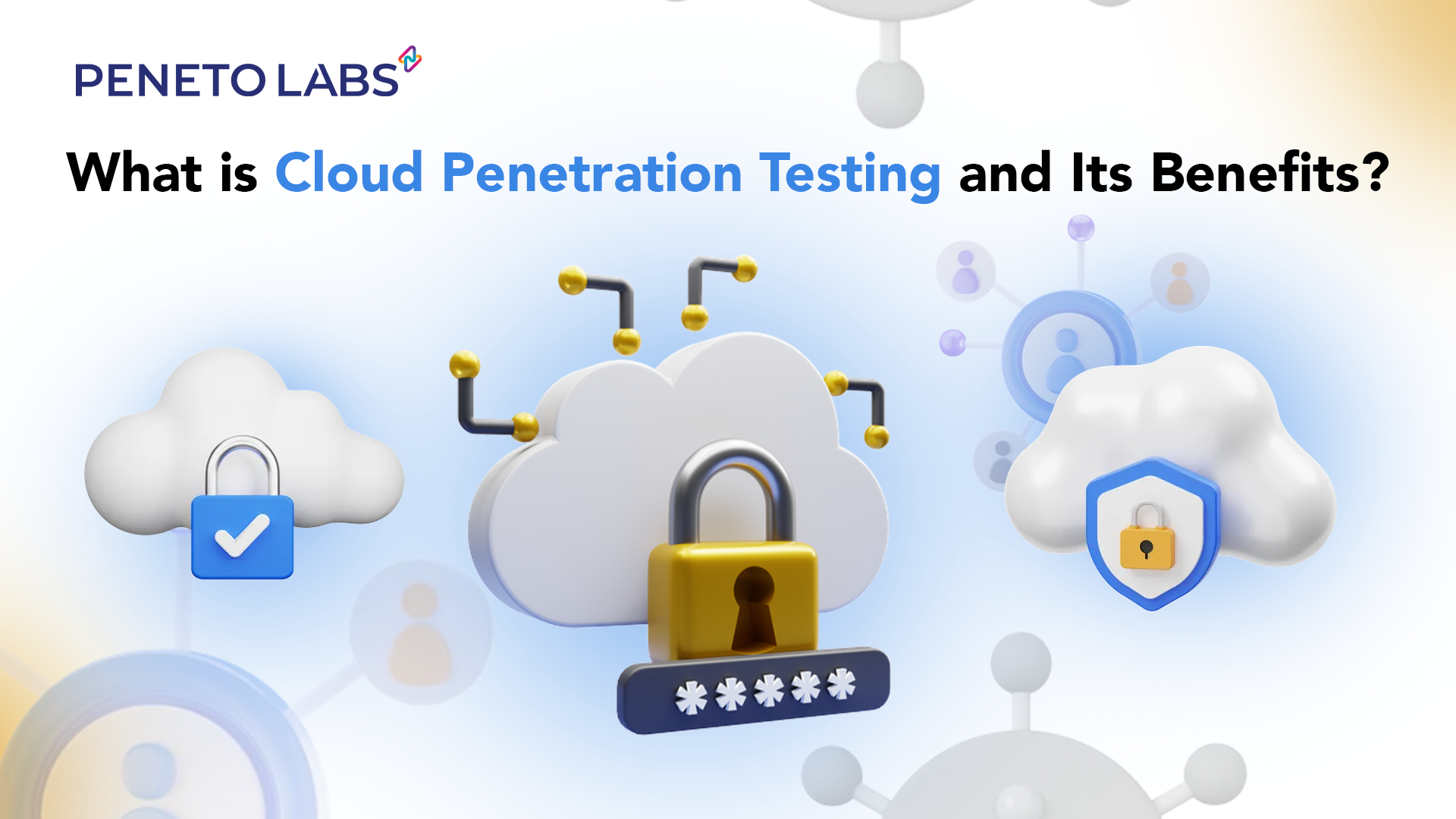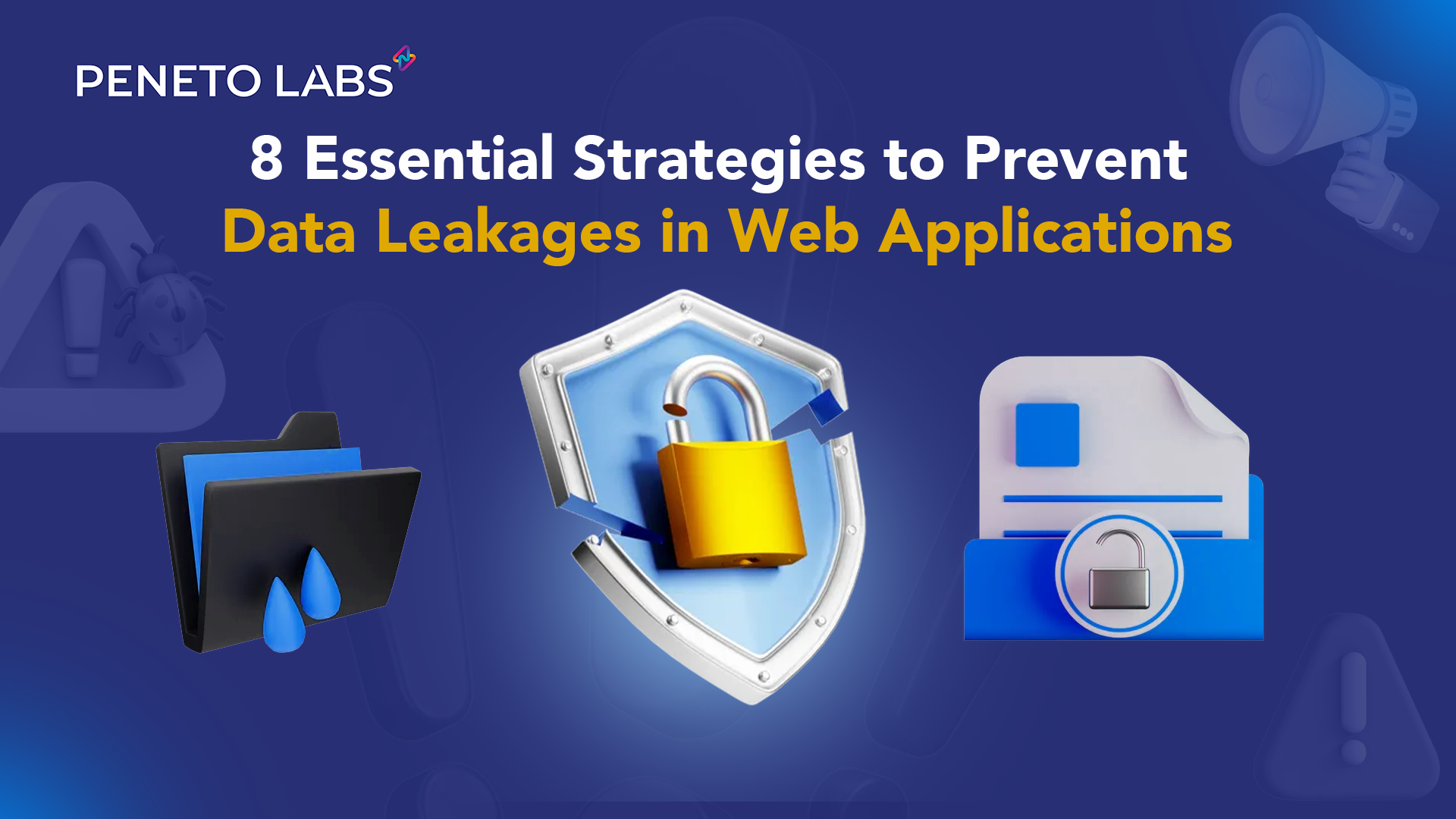Understanding Insecure Configuration and How Penetration Testing Can Uncover It
by admin | Aug 2, 2024 | Penetration Testing
Understanding Insecure Configuration and How Penetration Testing Can Uncover It

Have you considered that systems with default configuration settings are not always the most secure version? Let’s put it this way: You would never buy a car without ensuring safety, mileage, and other factors, would you? Then why risk an application that has not undergone similar tests?
In essence, applications have improper software and hardware settings that pose a risk of security vulnerabilities. Such improper settings are known as insecure configurations. These vulnerabilities arise from default settings, weak access controls, inadequate security measures, and other services. Exploiting insecure configurations often results in data breaches and unauthorized access. Hence, regular reviewing and updating configurations are crucial for maintaining system security. In this blog, we will discuss some key aspects of insecure configurations.
In essence, applications have improper software and hardware settings that pose a risk of security vulnerabilities. Such improper settings are known as insecure configurations. These vulnerabilities arise from default settings, weak access controls, inadequate security measures, and other services. Exploiting insecure configurations often results in data breaches and unauthorized access. Hence, regular reviewing and updating configurations are crucial for maintaining system security. In this blog, we will discuss some key aspects of insecure configurations.
Importance of Configuration in Web Component Security
In terms of web component security, configuration plays a significant role in determining the potential threats in the system. The security of web applications heavily relies on properly configuring their components. With proper configuration, you can ensure default settings are changed, and unnecessary services are disabled. Inadequate configurations often expose vulnerabilities that attackers can exploit, making them easy targets. Consequently, penetration testing and updating of configurations ensure robust security for web components and the overall system.
Operating System (OS) and Service Software
Some of the most common targets for exploitation are misconfigured settings or outdated software. In these cases, insecure configurations often lead to vulnerabilities through which attackers can gain unauthorized access or disrupt regular services.
Developers run penetration tests to identify potential weaknesses in the operating system and avoid such vulnerabilities. For instance, a pentest may discover unpatched software or misconfigured settings. These findings prompt immediate action to prevent breaches. Hence, it is necessary to have properly configured and up-to-date software.
Developers run penetration tests to identify potential weaknesses in the operating system and avoid such vulnerabilities. For instance, a pentest may discover unpatched software or misconfigured settings. These findings prompt immediate action to prevent breaches. Hence, it is necessary to have properly configured and up-to-date software.
Unnecessary Services or Components
As important as penetration testing is, it doesn’t mean running unnecessary services is required. Such unnecessary services increase attackers’ entry points and compromise the system’s security.
In such cases, penetration testing helps to detect and document all active services, highlighting those that are unnecessary or vulnerable. For instance, testers might discover an open FTP service that is not in use but could be exploited during a pentest. This can be resolved by deactivation, resulting in enhanced security. As a result, removing unnecessary services and components can reduce the attack surface while regular audits ensure only essential ones are running.
In such cases, penetration testing helps to detect and document all active services, highlighting those that are unnecessary or vulnerable. For instance, testers might discover an open FTP service that is not in use but could be exploited during a pentest. This can be resolved by deactivation, resulting in enhanced security. As a result, removing unnecessary services and components can reduce the attack surface while regular audits ensure only essential ones are running.
Service Isolation
Not having proper isolation during a pentest can lead to widespread issues and potential system failures. During such issues, the pentest can evaluate the effectiveness of service isolation by attempting to breach one service and move laterally to others. This helps in detecting vulnerabilities during isolation. You can understand this as a test might reveal a web application with breaches allowing access to the database. This means there is a lack of proper isolation. Such findings would require prompt actions to improve security. Hence, most developers implement service isolation to reduce the impact. Developers also use containerization or virtualization techniques to isolate services from each other.
Cloud Components Configuration
There are cloud-based and local components in a web application. Insecure configuration in cloud-based resources often exposes sensitive data or allows unauthorized access, resulting in potential data breaches and security incidents.
In the case of cloud components configuration, penetration testing reviews cloud misconfiguration. This helps detect and address vulnerabilities in cloud environments. For example, a pentest finds an S3 bucket configured for public access, which could lead to data leakage. Such discovery can result in a recommendation to restrict access permissions, preventing unauthorized access. Developers can also utilize security groups, firewalls, and encryption to secure cloud environments.
In the case of cloud components configuration, penetration testing reviews cloud misconfiguration. This helps detect and address vulnerabilities in cloud environments. For example, a pentest finds an S3 bucket configured for public access, which could lead to data leakage. Such discovery can result in a recommendation to restrict access permissions, preventing unauthorized access. Developers can also utilize security groups, firewalls, and encryption to secure cloud environments.
Service Accounts
There are web applications with service accounts that have excessive privileges. Such privileges can help gain broader access within the system, increasing the significant risk of security breaches.
Pentesters can examine the use and permissions of service accounts, ensuring they follow the principle of least privilege. This helps in identifying and rectifying accounts with unnecessary high-level permissions. For instance, a pentest might uncover a service account with administrative privileges that are unnecessary for its function, leading to a privilege reduction to mitigate risk.
Pentesters can examine the use and permissions of service accounts, ensuring they follow the principle of least privilege. This helps in identifying and rectifying accounts with unnecessary high-level permissions. For instance, a pentest might uncover a service account with administrative privileges that are unnecessary for its function, leading to a privilege reduction to mitigate risk.
How Penetration Testing Helps Identify Insecure Configurations
Penetration testing is significantly increasing and has now become a necessary measure to identify insecure configurations. As a vital process, penetration testers at Peneto Labs identify insecure configurations by exploring default settings, open ports, and weak access controls.
At Peneto Labs, we will provide actionable recommendations to fix configuration issues and enhance overall security posture. Addressing vulnerabilities at the right time helps organizations protect web applications from potential risks, ensuring a robust security framework.
At Peneto Labs, we will provide actionable recommendations to fix configuration issues and enhance overall security posture. Addressing vulnerabilities at the right time helps organizations protect web applications from potential risks, ensuring a robust security framework.
Why Choose Us as Your Penetration Testing Vendor
If you are looking for a way to secure your web application, Peneto Labs is your perfect partner. At Peneto Labs, you will find certified experts holding certifications such as SANS/GIAC GXPN, GAWN, GPEN, GWAPT, GRID, GCIH, OSCE, OSWP, OSCP, CEH, CREST, etc.
This simply means you are choosing the world-class security experts to fight hackers for everything. We scan web applications from the inside out and carry out assessments against international standards. Our experts specifically use testing methodologies, such as OWASP, NIST, and PTES, along with unique and specific threat modelling, to attain the highest-quality results.
With us, you will also receive comprehensive reports with remediating and decisive insights to make your information security risk management program successful. We strive to work smart instead of hard, and you will find nothing but helpful information.
This simply means you are choosing the world-class security experts to fight hackers for everything. We scan web applications from the inside out and carry out assessments against international standards. Our experts specifically use testing methodologies, such as OWASP, NIST, and PTES, along with unique and specific threat modelling, to attain the highest-quality results.
With us, you will also receive comprehensive reports with remediating and decisive insights to make your information security risk management program successful. We strive to work smart instead of hard, and you will find nothing but helpful information.





